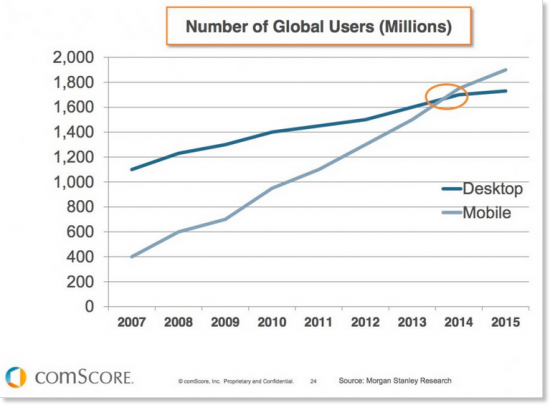Yes, mobile VR *is* real VR
In response to “VR Gets Real with WebVR”
This line in a post about WebVR by Roland Dubois slightly got my goat yesterday:
“VR on the smartphone is not considered “real VR” because it is really a semi-immersive 360-degree experience that is relatively passive and flat while it surrounds the user.”
I get that the higher-end VR experiences of, say, the HTC Vive and Oculus Rift are different… They may require expensive PCs and wired connections, but the performance is on a different level — plus they have positional tracking and motion controllers like the Vive’s and Oculus Touch. That’s real VR!
And mobile VR is real VR too! The essence of VR is the feeling of presence you get — being transported to another environment; somewhere on the other side of the world or somewhere completely imaginary. You can absolutely get this feeling from smartphone-based VR. Just search YouTube for “Gear VR reactions”, for example, and you’ll see scenes like this:
Auntie Norma tries a VR rollercoaster —Warning: contains some screaming and mild expletives!
In comparison, the other stuff is supplementary. It feels a bit like saying the mobile web is not the real web because you have a tiny screen and no physical keyboards. Yet we all know how desktop and mobile web usage has changed over recent years!

It’s probably best not to write mobile tech off too quickly… Chart by comScore via smartinsights
I would argue that Mobile VR’s potential is just as untethered as its hardware… Especially with WebVR, loading a VR experience can be just as easy as loading up a webpage and placing your phone in the headset. This will allow for continuous VR browsing experiences; easy transitions from a mobile app to a VR experience and back again. The power of the web and the power of VR combine. And the reduced friction compared to a desktop setup will enable mobile VR to cater for different kinds of experiences, some of which we haven’t imagined yet.
Yes, there’s still a way to go. Mobile VR will still benefit greatly from better performance, better resolution, better sensors, better controllers, better battery life… No doubt many improvements are still to come. But I don’t think it needs those to become “real” VR. It’s real already!
A-Frame restrictions?
Another bit I didn’t quite understand in the post was the paragraph implying A-Frame comes with “many restrictions and limitations” (but that restrictions breed creativity). A-Frame makes it easy to develop WebVR experiences using simple HTML and a smattering (or more, if you like) of JavaScript — but it’s based on top of the all-purpose Three.js and it doesn’t restrict you from accessing those underlying objects or even modifying them directly if you wish. The Entity-Component system is designed for extensibility and there are already lots of useful and impressive components (you can think of these like plugins) out there for you to use — for example see this list in Awesome A-Frame — or you can write your own.
If you still think A-Frame or WebVR in general — are too limited, let’s take a look at some examples…
- A-Painter is like TiltBrush for the Web, and lets you share your creations with a URL!
- We have some A-Frame demos of our own here, including Ada’s A-Frame Racer.
- Three.js has a set of WebVR examples here.
- And let’s not forget PlayCanvas too — they have been continuing to improve their WebGL engine and tooling over the last few years and they have an optimised stereoscopic renderer for VR. Check out their VR examples here.
Yes the performance on the web can be more limited than native applications but as we like to quote, “if graphics was the only metric, we’d watch Bluray rather than Netflix!”
:-)
Other than challenging Roland on the couple of points above, I welcome him sharing about WebVR and hosting the NYC WebVR hackathon. I hope it’s a great event and I look forward to seeing what comes out of it!
Oh and Roland raised the importance of accessibility and semantic HTML for VR… I totally agree on this. If you haven’t already, check out my colleague Ada Rose Edwards’ posts: “Making VR fast and for everyone” and “W3C WebVR workshop follow up”, both of which talk about these issues. We’re continuing to explore this here at @samsunginternet, so watch this space!
Update: p.s. I’d take some of these numbers with a pinch of salt — I know the Samsung Gear VR number is out of date because we’ve since announced 5 million have now been sold— but… “98% of VR headsets sold” in 2016 were for mobile phones!
Tagged in Virtual Reality, Samsung Gear Vr, Webvr, Mobile
